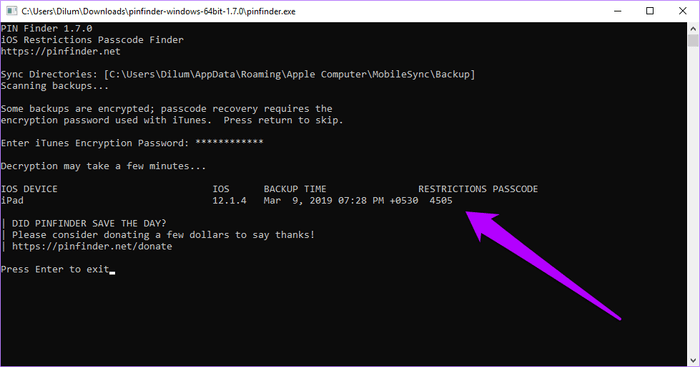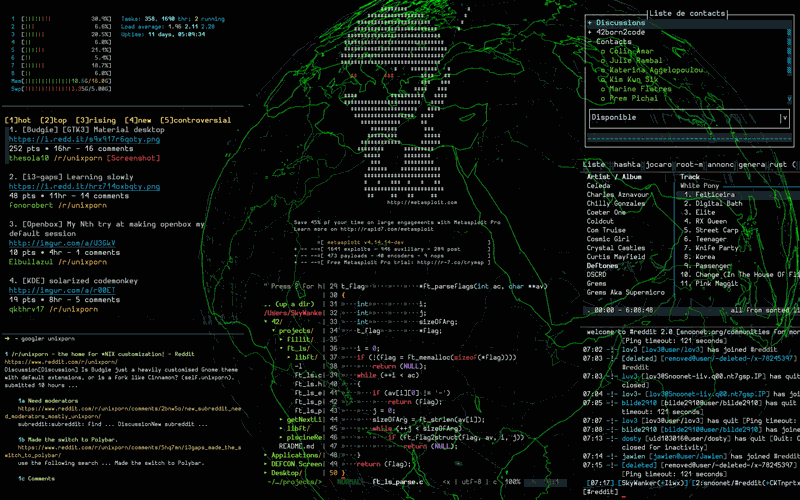

- #Mac sleep command terminal install
- #Mac sleep command terminal full
- #Mac sleep command terminal Pc
- #Mac sleep command terminal free
- #Mac sleep command terminal mac
Shoutout StackOverflow, and shout out Mike PC - an unsung hero, until now.

Since it’s sudo, it will likely ask for your password, so enter it in.Īfter that, try your hyper command again.
#Mac sleep command terminal mac
You can also end the command with -s, -d, or -m instead: -s keeps your whole system awake, -d prevents your display from going to sleep, -m prevents disks from spinning while your Mac is idle. Adding -i to the end of the command prevents your Mac from idle sleeping. Just run that command in your terminal like this: $ sudo ln -s "/Applications/Hyper.app/Contents/Resources/bin/hyper" /usr/local/bin/hyper The caffeinate command also lets you specify which parts of your Mac stay awake. I looked around a bit and found this really helpful StackOverflow answer by Mike PC which gave the following command to create a symbolic link for Hyper: sudo ln -s "/Applications/Hyper.app/Contents/Resources/bin/hyper" /usr/local/bin/hyper The first command will be to set up the sleep times for your Mac. The Terminal sits within the Utilities folder on your Mac, so find it and open it.
#Mac sleep command terminal install
The path to the application couldn’t be found, so I wasn’t able to install the plugin, hypercwd, that I wanted to. The first thing you’ll be tasked with doing is opening the Terminal, as that’s what you’ll be using to create your computer’s sleep schedule. However, when I tried to run that after my Hyper installation, I received the following error: $ hyper i hypercwd zsh: command not found: hyper

Hyper is cool in that you can run a simple hyper command to install them. In the future, we anticipate the community will come up with innovative additions to enhance what could be the simplest, most powerful and well-tested interface for productivity. In the beginning, our focus will be primarily around speed, stability and the development of the correct API for extension authors. The simplest way to use this command is to run the following command in the terminal. The goal of the project is to create a beautiful and extensible experience for command-line interface users, built on open web standards. The caffeinate command is used to prevent a Mac from going to sleep.
#Mac sleep command terminal free
The project itself, which is totally free and open-source, bills itself like this: lessbright - Turn down display brightness when switching to this power source.īelow is an example on how some pmset settings correlates to the System Preferences -> Energy Saver pane.I recently installed Hyper Terminal on my Mac and have been trying to set it up with plugins and themes.Īs a brief aside, Hyper is a neat command line terminal that’s aesthetically pleasing and extendible.lidwake - Wake the Mac when the laptop lid is opened.Repeating power events: wakepoweron at 7:00AM every day. For example, here is the repeating event schedule that startups at 7:00 AM and shutdowns at 12:00 AM each day. 7 - This is the same as mode 3, but it’s for those using secure virtual memory. To display the scheduled startup/wake and shutdown/sleep events use the following command.Keep Your Mac Awake via the Terminal To use the caffeinate command, first launch the Terminal app, located by default in Applications > Utilities (you can also find Terminal by searching for it via Spotlight ). 5 - This is the same as mode 1, but it’s for those using secure virtual memory. This command is appropriately called caffeinate.In the event of total power loss, the system enters hibernation mode automatically. RAM is powered on while sleeping, but RAM contents are also written to disk before sleeping. 3 - The default mode on machines introduced since about fall 2005.

#Mac sleep command terminal full


 0 kommentar(er)
0 kommentar(er)
